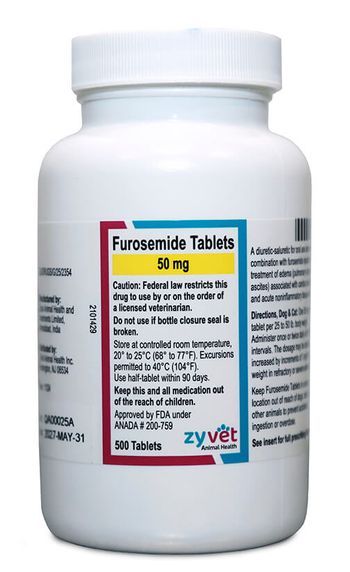
Wait ... what just happened? Putting client misperception on blast
In this scenario, Ted and Bill are two very confused individuals with a cat that needs urgent dental care. How well does our doc communicate the problem? Find out now.
Dr. Sarah: Hi, guys. So, here's the deal: All of Miss Kitty's tests came back negative, but she has severe inflammation of her gums, which is causing her a lot of pain. The infection in her gums is also traveling to her intestines, which is causing the diarrhea. At this point, she needs a steroid shot, a full extraction of her teeth, you need to get her on these medications, and you need to get her on a high-quality GI-sensitivity food.
Ted: Um, K, but Miss Kitty is extremely picky. We've tried to feed her a lot of different diets, but I mean, it's like, Miss Kitty eats what Miss Kitty eats!
Dr. Sarah: OK, well, what you're calling "picky" is actually Miss Kitty telling you she doesn't feel well, and that she finds it painful to eat. We really need to get her on the proper food, immediately.
Ted: Riiiiight. Well, we'll give that a try and see what Miss Kitty is willing to eat.
Dr. Sarah: Great! We have an opening for her for surgery for Friday morning, so we'll just have you talk to the front desk about getting her scheduled ...
Ted, to his partner, Bill: Are you OK with this?
Bill: Uh, um, I guess we'll make the appointment, but is there any way we can get an estimate on the expenses for something like this?
Dr. Sarah: Sure. I'll draw up the paperwork, the front desk will give you the preoperative instructions, and we'll give you information on payment, if you wish. See you early Friday! [Leaves the exam room.]
Ted to Bill: WHAT just happened here?!
Bill: I think surgery is happening??? Maybe?! But like, couldn't we call around? Maybe we could find a better deal? Worst case scenario, we could always cancel, right?
Ted: Yeah, OK. Let's just get Miss Kitty home and see if WE can get her feeling better.
(Client) Perception is everything
The clients' perception in this case is going to influence whether or not this cat gets care. Which … yikes. We grabbed our two experts: associate and client-communication rock star
Drs. Felsted and Wooten bond over shared brilliance.
Here's the thing: It doesn't matter what HAPPENED in the exam room, if that's not how the client PERCEIVED it, says Wooten. Felsted agrees-what matters is HOW they see it.
"We have to make sure that not only are we talking to the clients in the best way, but that they hear us, they understand it, and they see how it benefits the pet," Felsted says.
Unfortunately, depending on how we say something, it's often not perceived or understood exactly how we meant.
"What we have to realize is that talking about things on a cellular level may be fascinating for us as veterinarians, but what clients want to understand is: What is the benefit of what you're recommending I do for my pet?" says Felsted.
Think YOU can get Bill and Ted on track before their next adventure at the veterinary office?
Still lost in the sea of ambiguity? Never fear! We've got all the communication resources you need. Check out:
>> How to
>> 3 ways to get your clients to
>>
Newsletter
From exam room tips to practice management insights, get trusted veterinary news delivered straight to your inbox—subscribe to dvm360.






